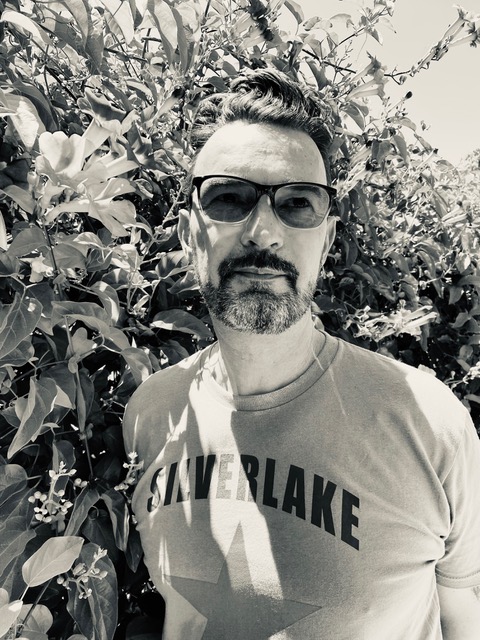
To read some of my work, see https://chicago.academia.edu/WilliamMazzarella
I work at the transdisciplinary intersection of classic social anthropology, critical theory, media studies, theology, psychoanalysis, South Asian studies, and esotericism. Drawing on these theoretical and methodological resources, I have published studies of the making of advertising and consumer-citizenship in postcolonial India; Indian cinema censorship as a technology of sovereignty across colonial and postcolonial moments; the enjoyments of Trumpism in the United States; the political theology of reactionary and revolutionary populisms around the world; and the disciplinary settlements and genealogies that both demarcate and conjoin anthropology and critical theory, especially around the question of what might be called the ‘energetics’ of social life.
At its heart, my work explores the dialectics of social force and social form – in other words, the restless relation between the incitement and the containment of social energies across scales from the most intimate interactions to the most impersonal structures. I am motivated by the conviction that the most unlikely archives often unexpectedly illuminate questions of very general interest, especially in zones of fundamental moral and political ambiguity. This is what has led me to focus, for example, on the enigmatic meanings and implications of charisma, on the equivocal fascination of the magic of mass publicity, and on the curious way in which crowd affect appears as a true social pharmakon: at once lifeblood and poison. Increasingly, the trajectory of my research has led me to an interest in the Möbius strip-like interchange between the ‘inner’ (esoteric) and the ‘outer’ (exoteric) dimensions of social life.
 THE UNIVERSITY OF CHICAGO
THE UNIVERSITY OF CHICAGO

